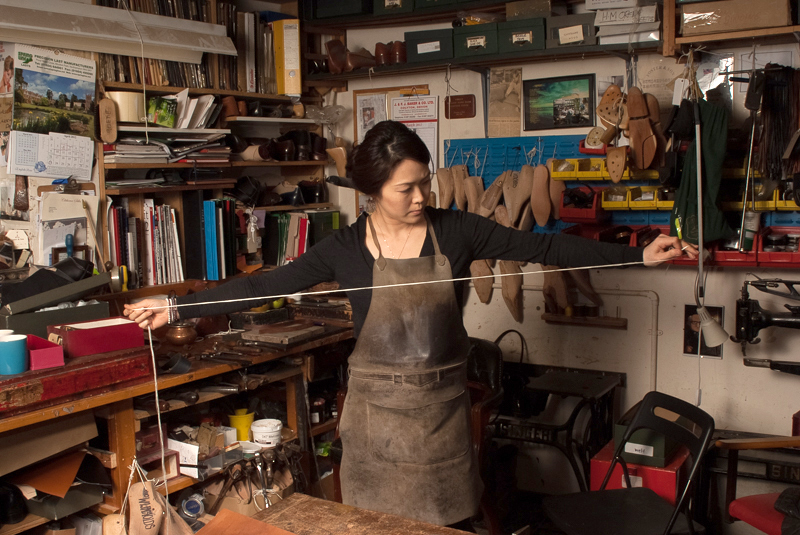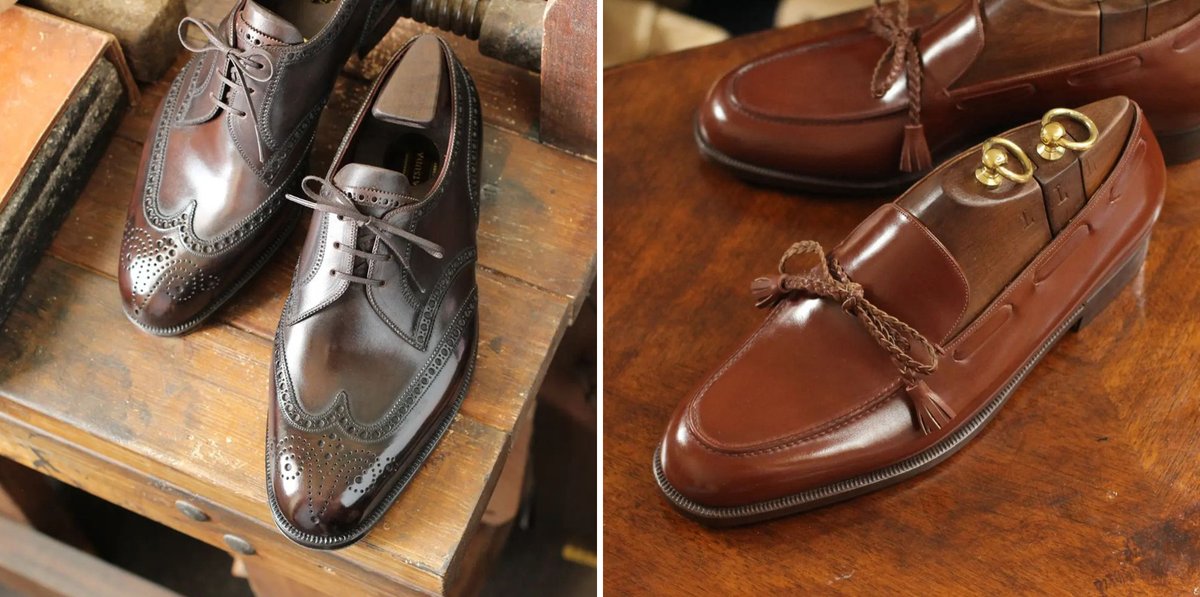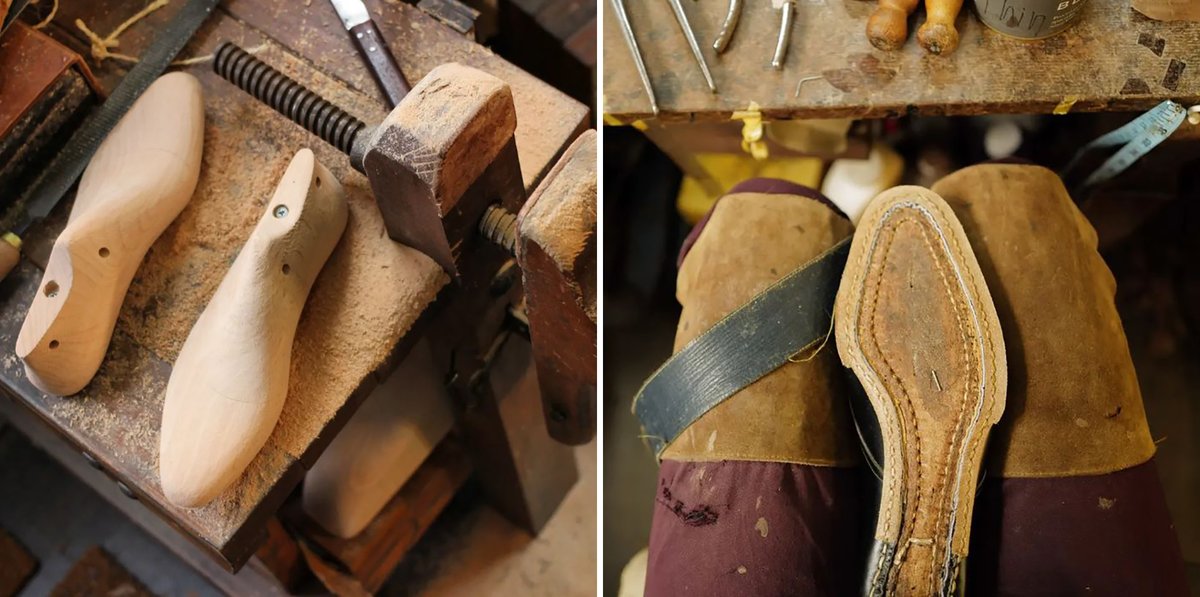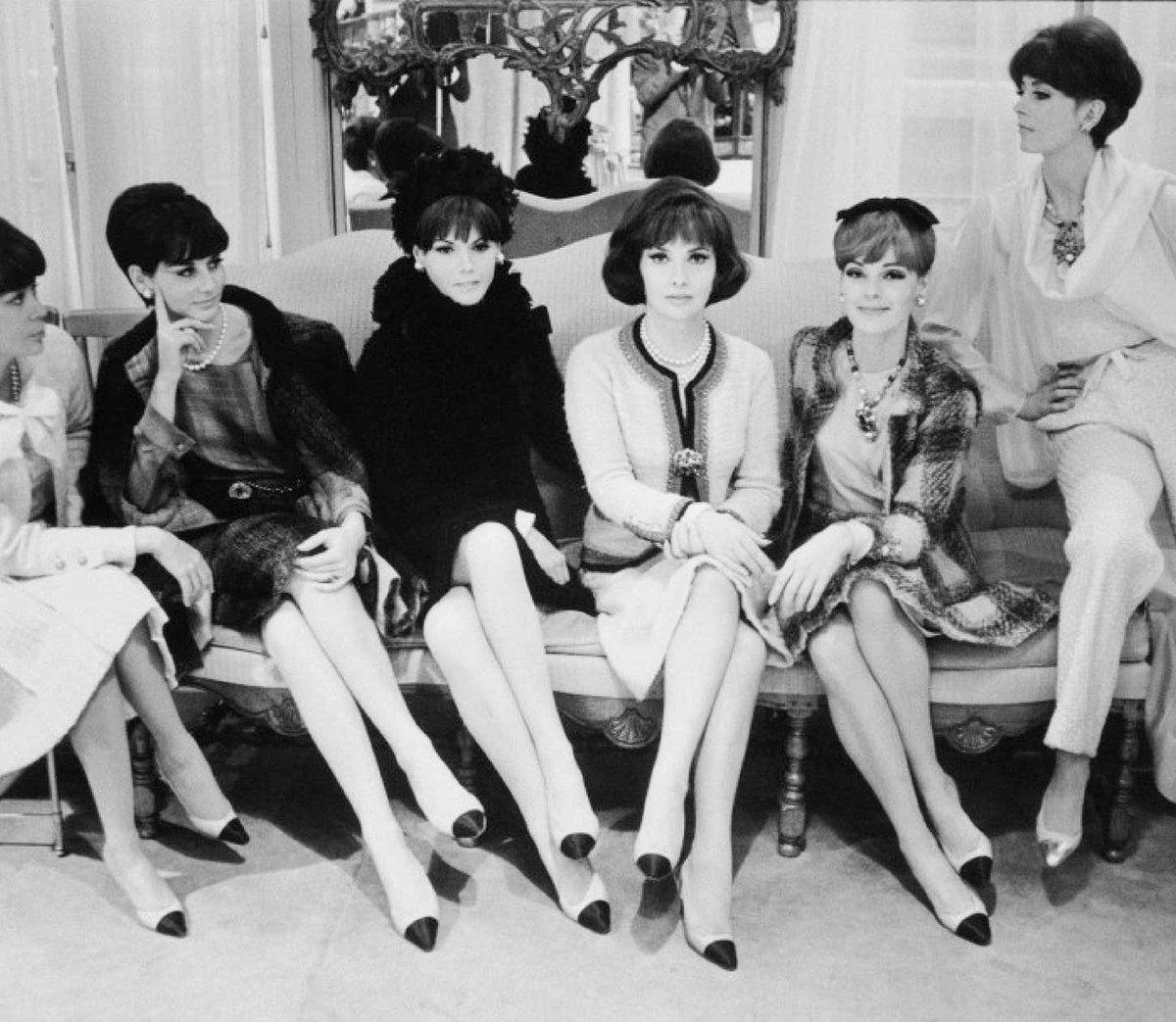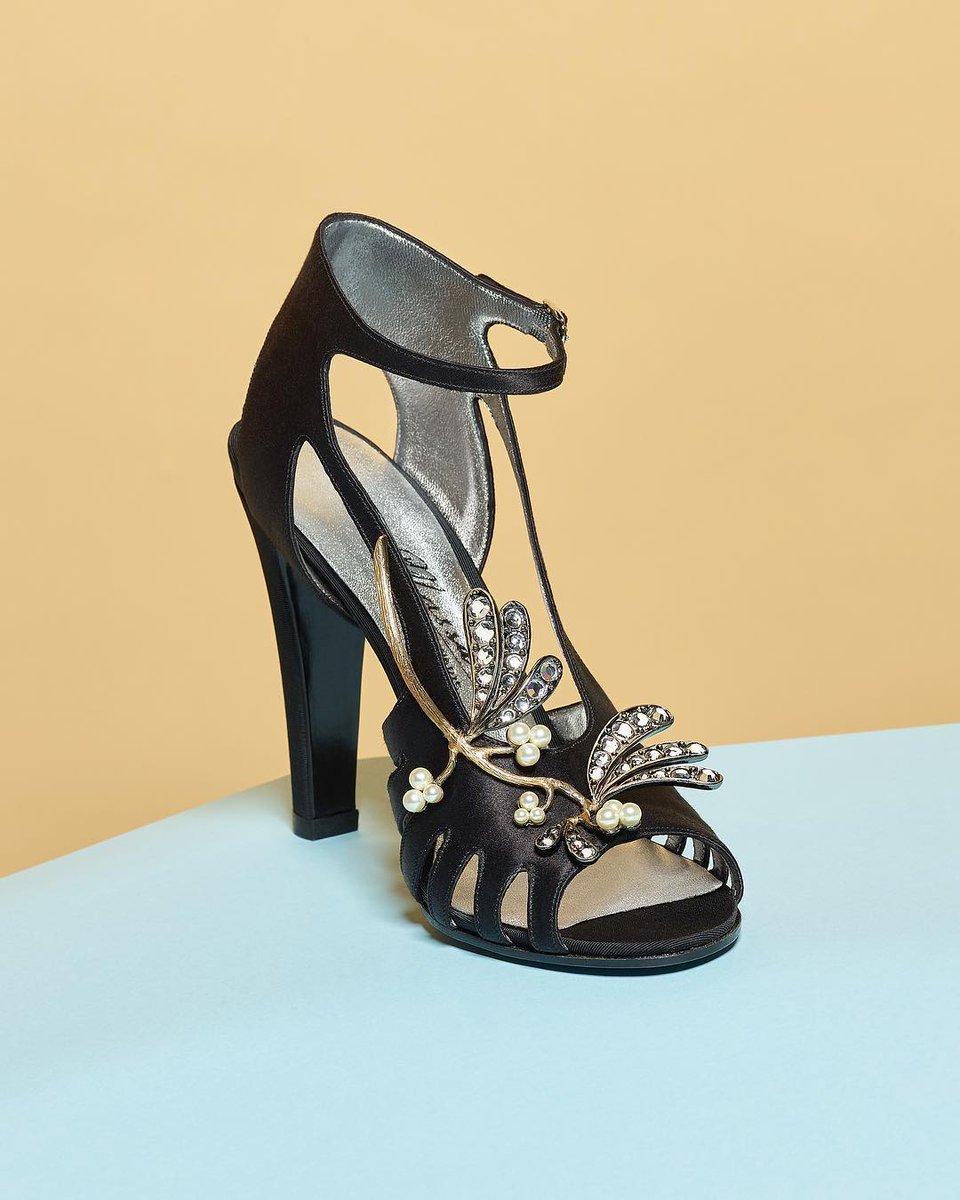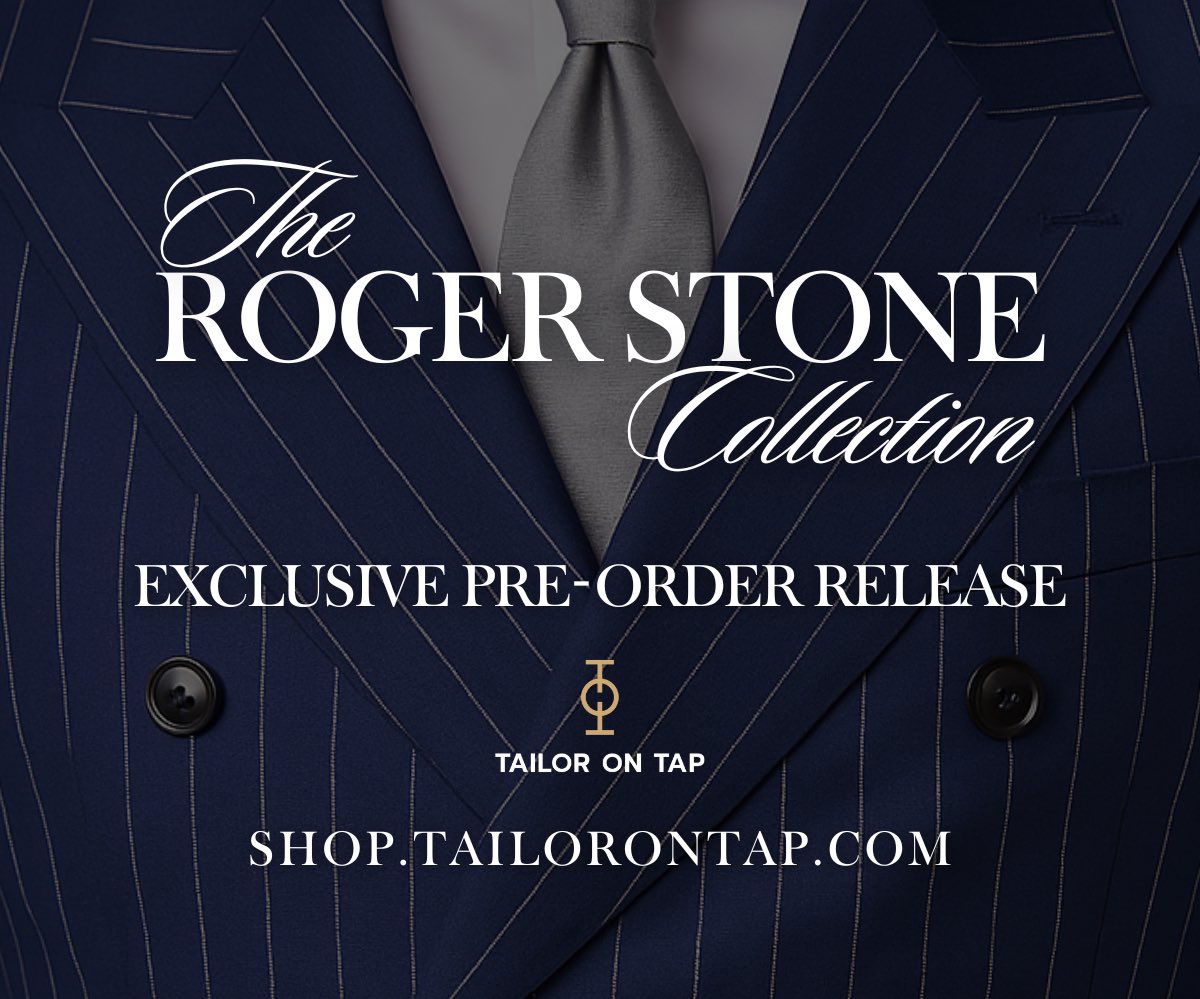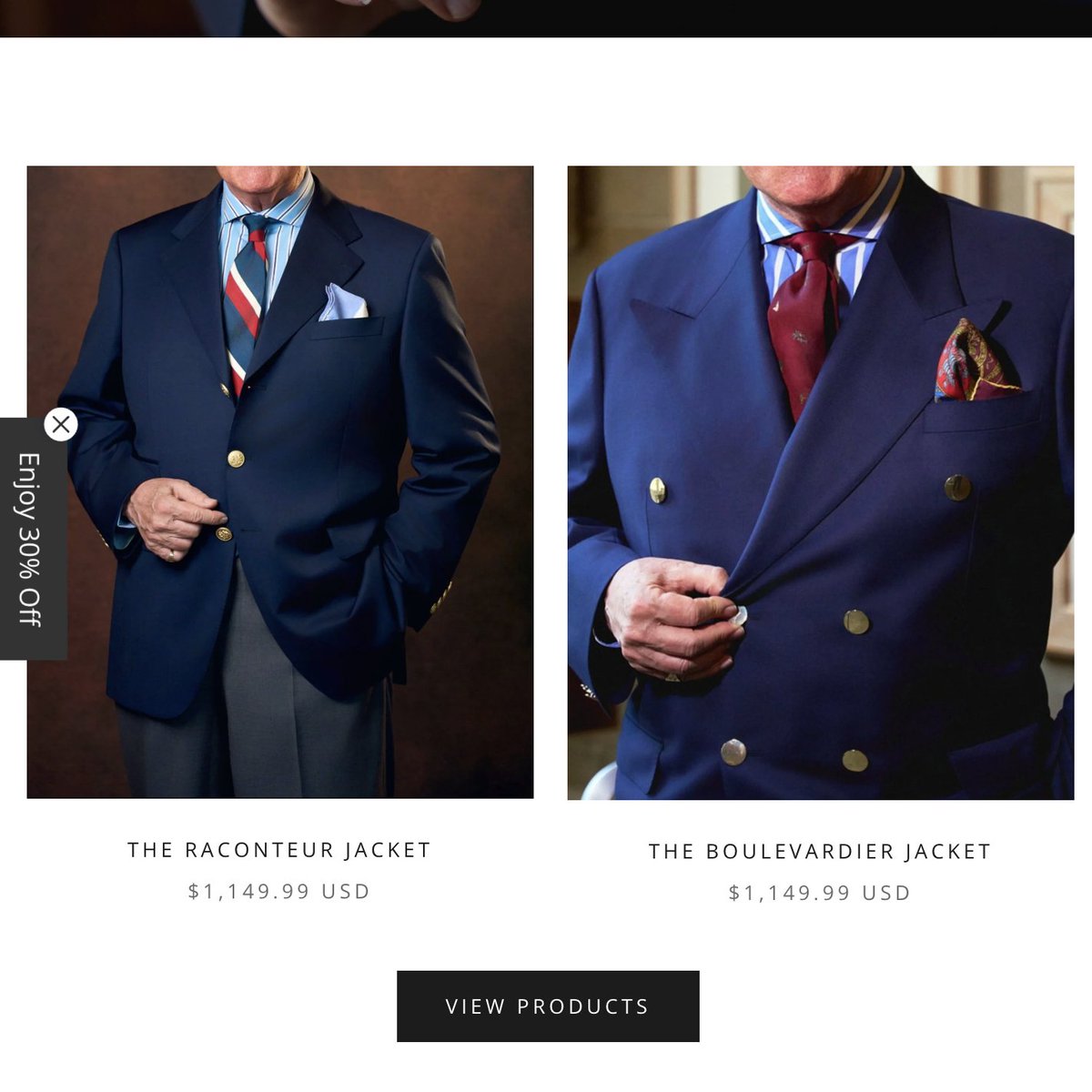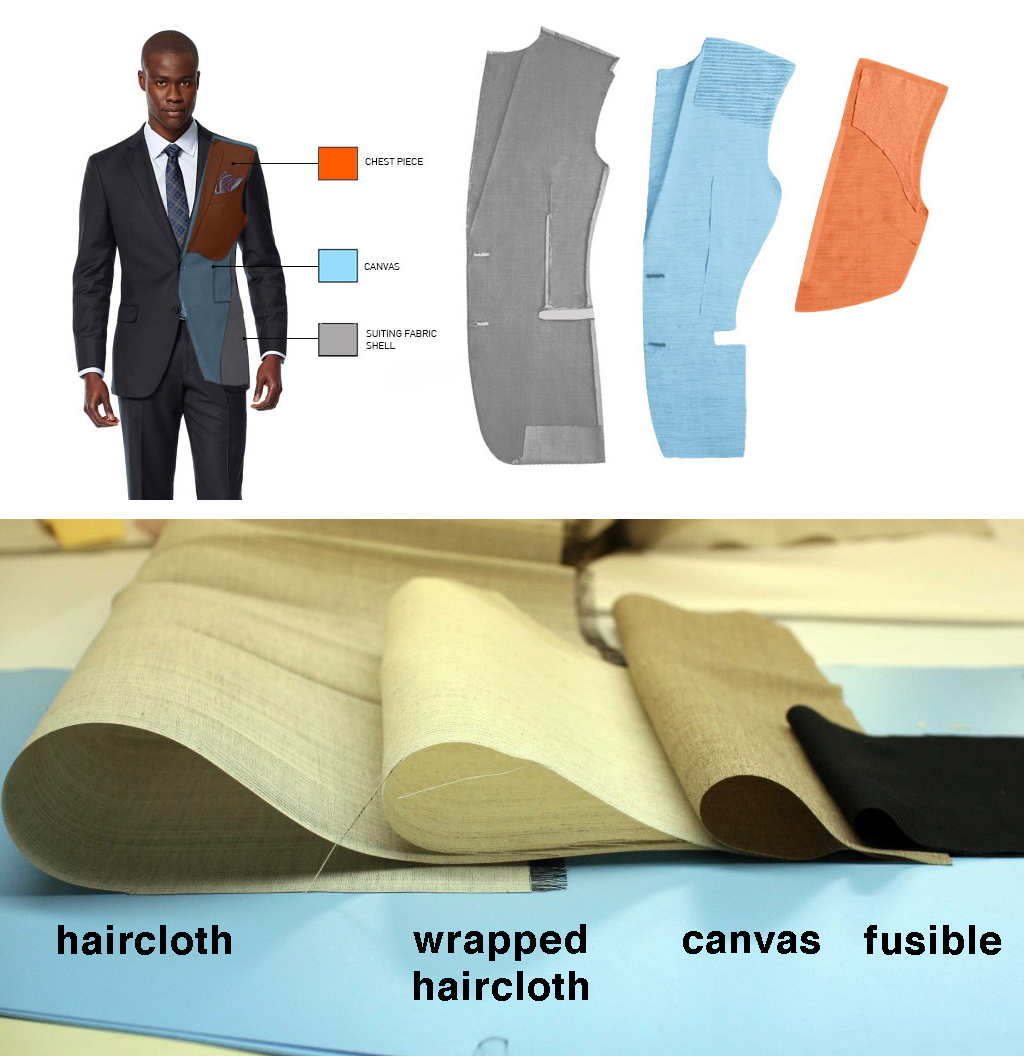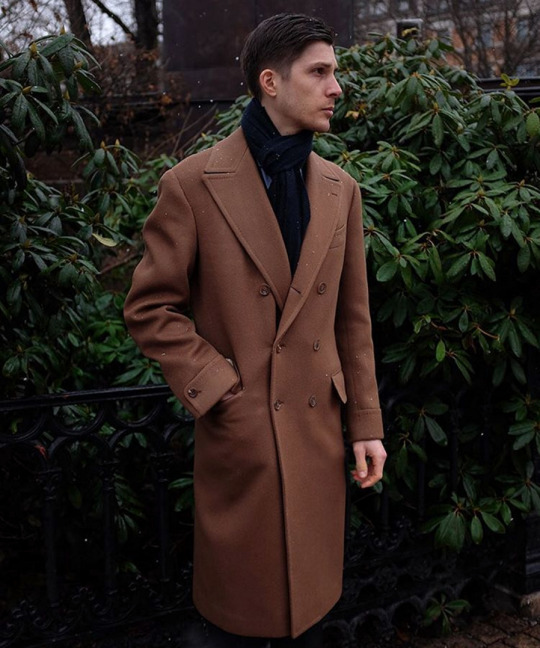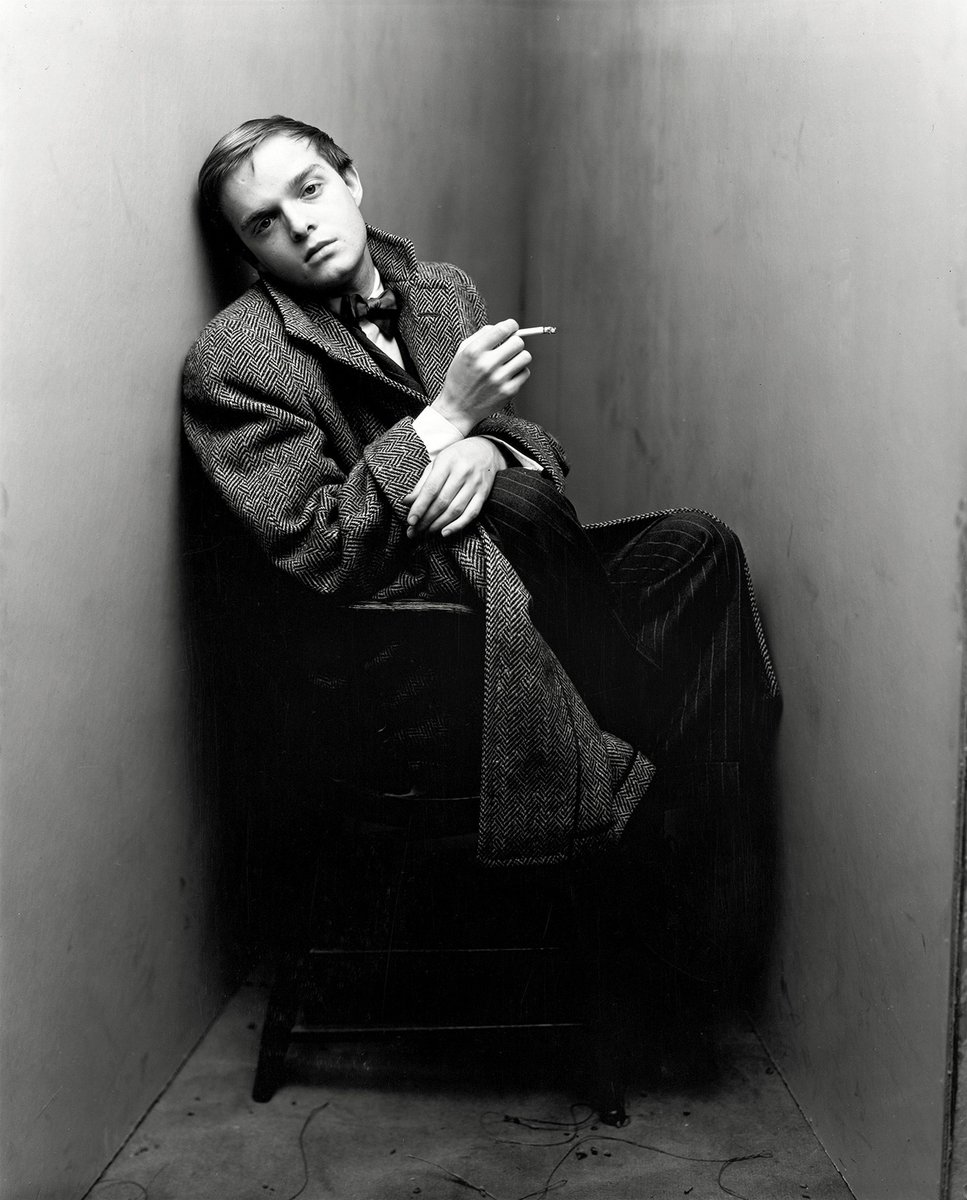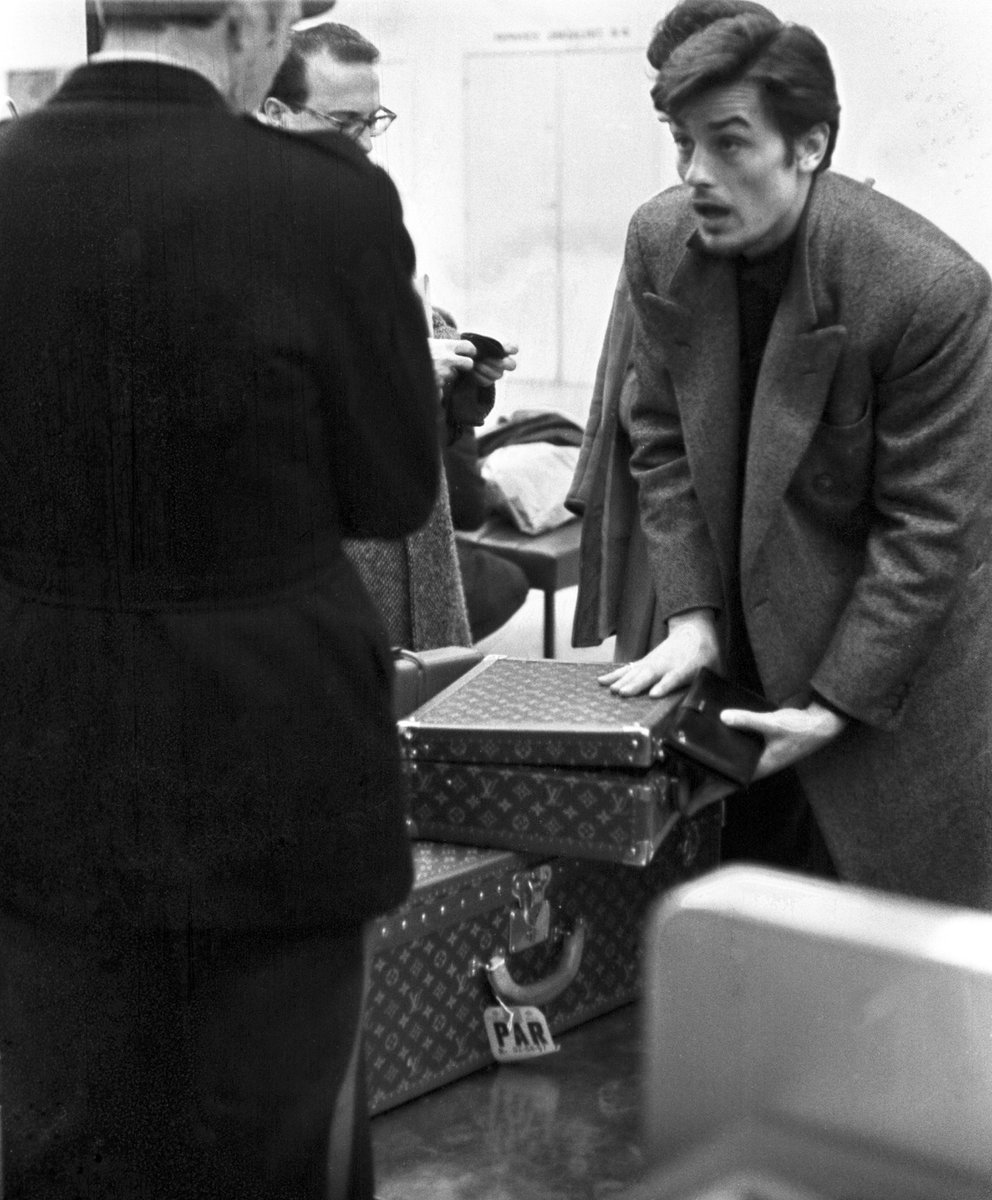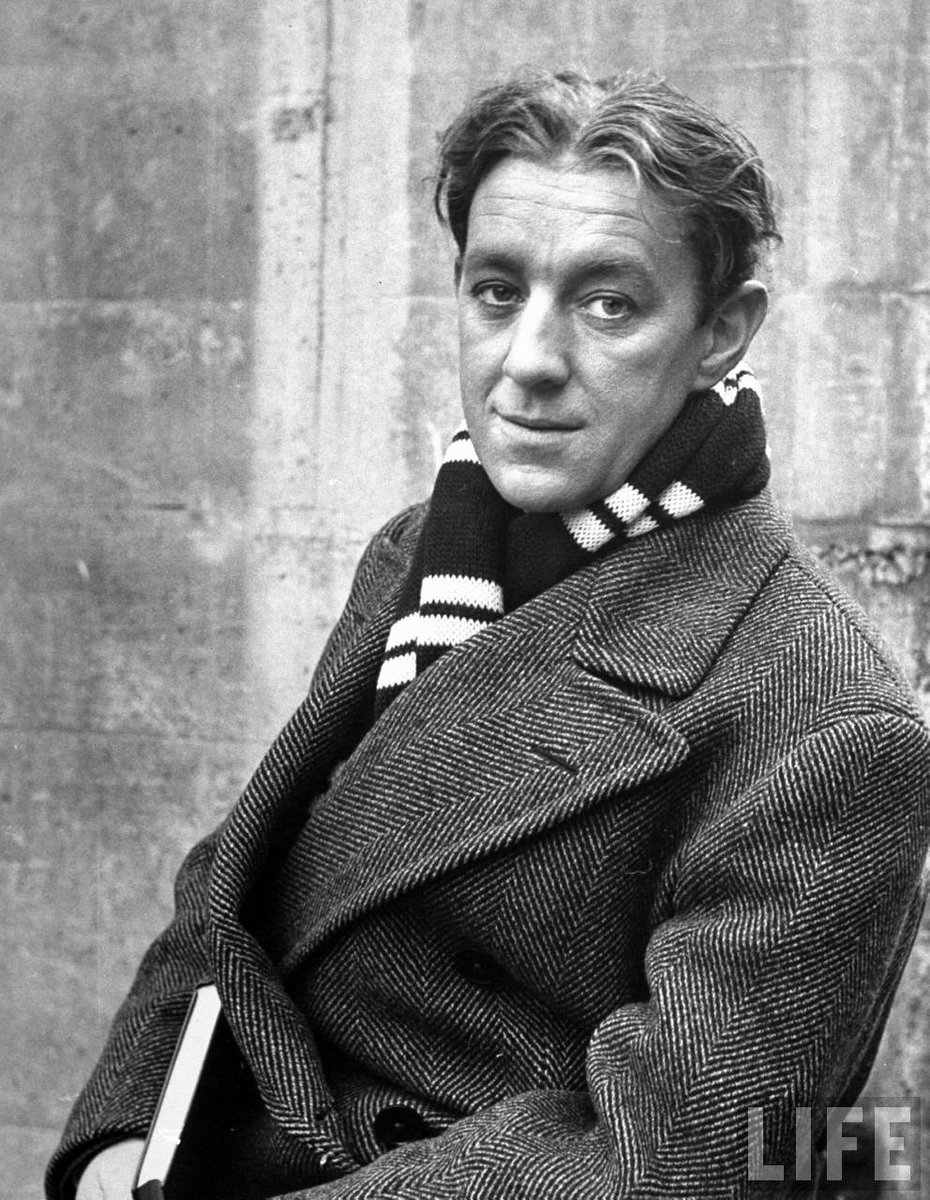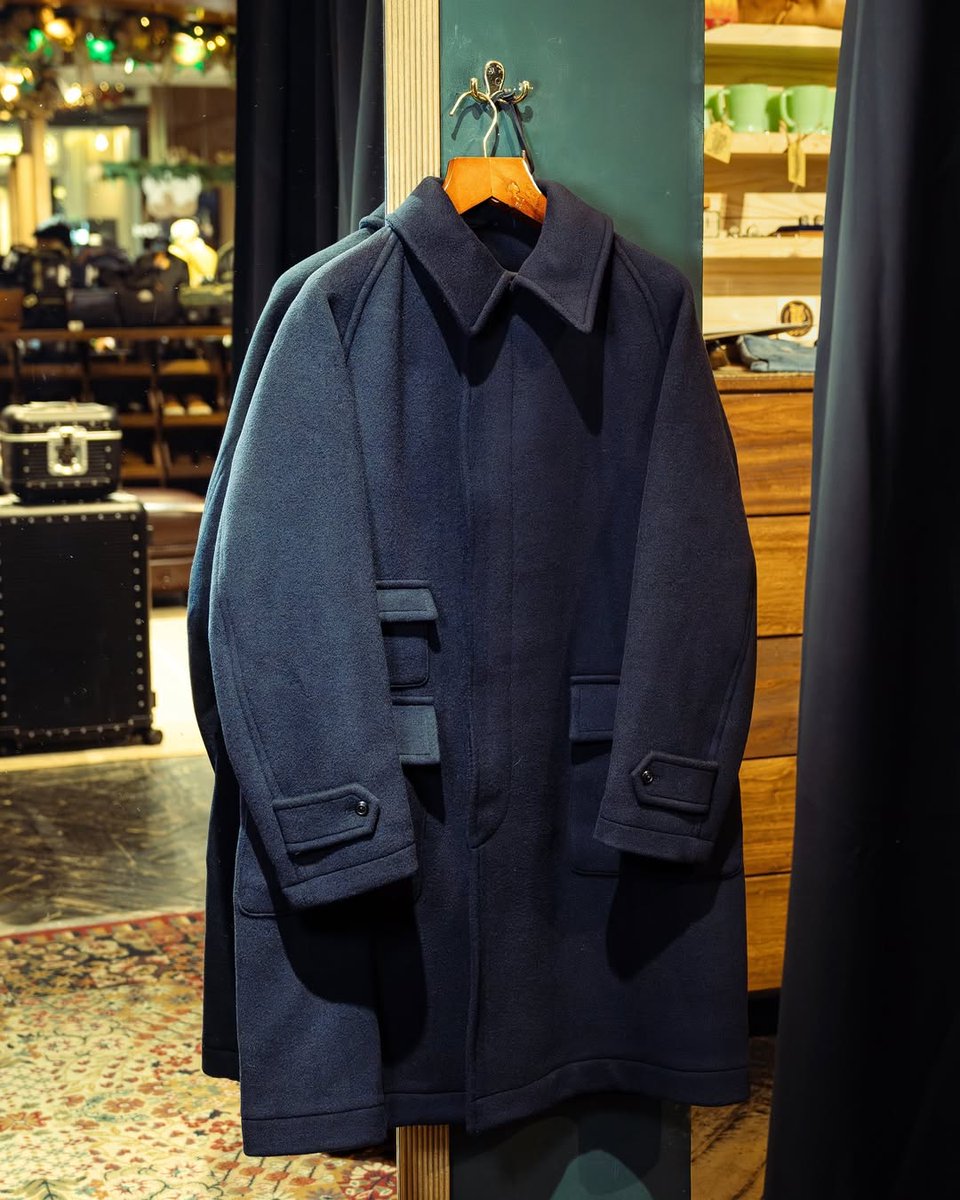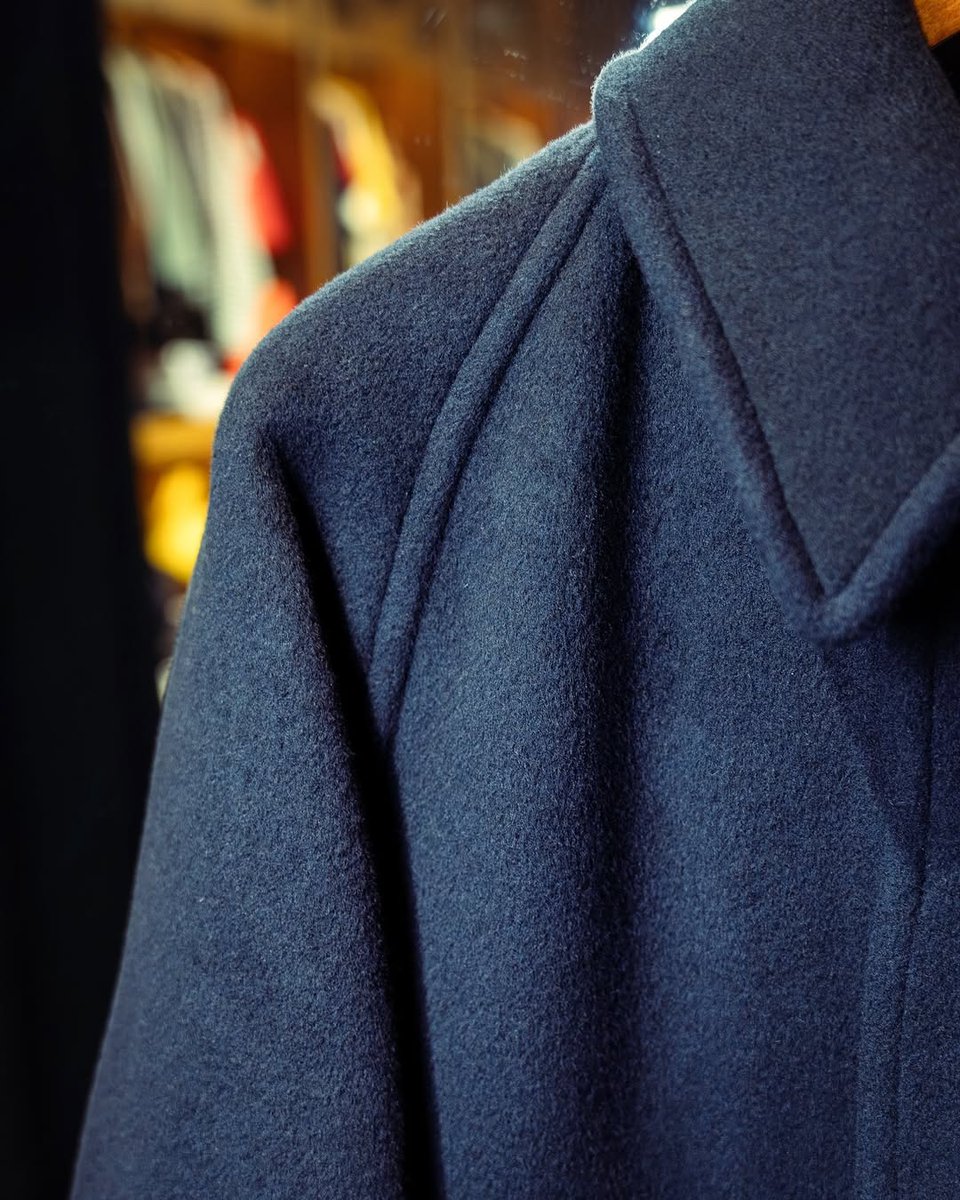honestly, it never even occurred to me that someone can look like a dork in tweed. i recognize that you can look like an old man. but it's easily my favorite fabric and I've always found it super charming.
some ideas 🧵

some ideas 🧵
https://twitter.com/Dr_MickWilliams/status/1707812370507026618

if you're getting your first tweed sport coat, get a mid- or dark brown sport coat. this will be easier to wear with grey pants, which are a staple in a tailored wardrobe. they can also be worn with other things. 

a brown tweed can be worn with blue jeans, tan chinos, taupe whipcords, cream cavalry twills, and grey flannel trousers. pair with light blue oxford cloth button downs, crewneck sweaters, turtlenecks, or long-sleeve polos. can be worn with or without a tie.








a grey tweed is also very nice, especially if you plan to primarily wear it with jeans. but depending on the specifics of the two garments, you may find it harder to wear with grey trousers (a staple of a tailored wardrobe).




i think grey tweeds work especially well in the evening because it's a more elegant color than brown. nice for getting dinner, if you can round up friends who also like to dress up. 

a third or fourth tweed down the line can be in sage green or blue (i think blue tweeds are easier to wear when they have a grey undertone. this makes the color cooler, rather than warmer, and will pair easier with cool colors that likely dominate your wardrobe)




tweed can be whatever you want it to be: sporty or academic, semi-formal with a tie, or very casual with a Shetland sweater.








when in doubt, know that it's a rustic material, so it pairs better with colors like brown instead of navy, materials like whipcord and corduroy instead of worsted wool, and semi-casual leathers like suede or county grain instead of polished calfskin




some tweeds come off as a bit old fashioned. i love the look but recognize not everyone does. toothy checks like gun clubs can come off like this. if you're worried about it, try herringbones, glen plaids, or donegals, which are more neutral.




if a sport coat feels too formal for your lifestyle, try a tweed overcoat. these can be worn with tailored trousers or jeans. you will likely need some kind of knit underneath to balance out the visual weight of the coat. try Arans, Shetlands, turtlenecks, and such.




to answer the question I know is coming: "where can i buy one?" here are some stores that i like for ready-to-wear tailoring. it's early in the season, so fall stock is still coming in.
dieworkwear.com/2020/09/25/whe…
dieworkwear.com/2020/09/25/whe…
• • •
Missing some Tweet in this thread? You can try to
force a refresh



